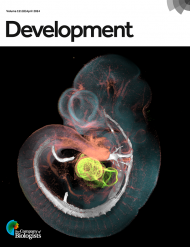Shifts in the relative fitness contributions of fecundity and survival in variable and changing environments
Lauren Buckley
University of Washington, USA
Organisms respond to shifts in climate means and variability via distinct mechanisms. Accounting for these differential responses and appropriately aggregating them is central to understanding and predicting responses to climate variability and change. Separately considering fitness components can clarify organismal responses: fecundity is primarily an integrated, additive response to chronic environmental conditions over time via mechanisms such as energy use and acquisition, whereas survival can be strongly influenced by short-term, extreme environmental conditions. In many systems, the relative importance of fecundity and survival constraints changes systematically along climate gradients, with fecundity constraints dominating at high latitudes or altitudes (i.e. leading range edges as climate warms), and survival constraints dominating at trailing range edges, leading to systematic differences in the way we should model fitness constraints along environmental gradients. We explore how detecting and predicting shifts in fitness constraints can improve our ability to forecast responses to climate gradients and change.









You must be logged in to post a comment.